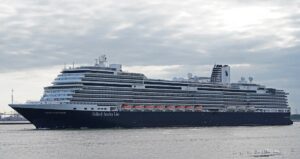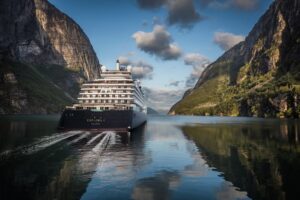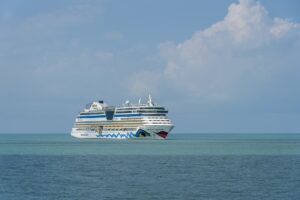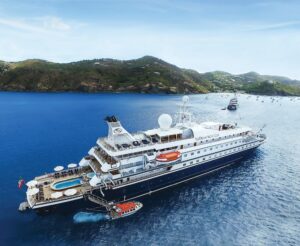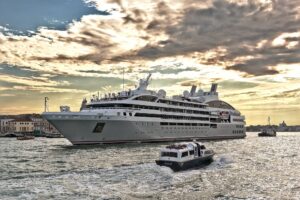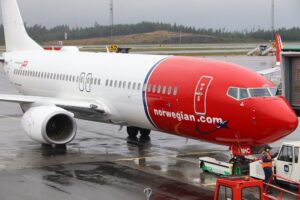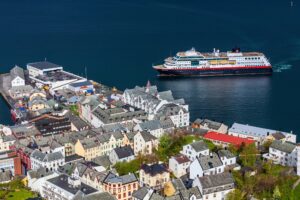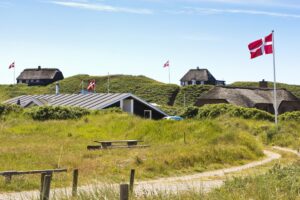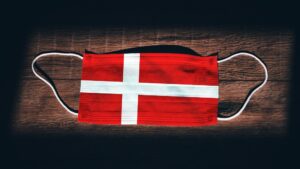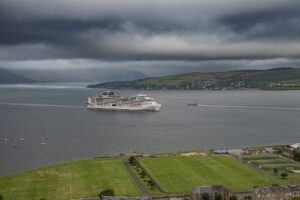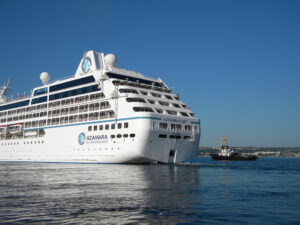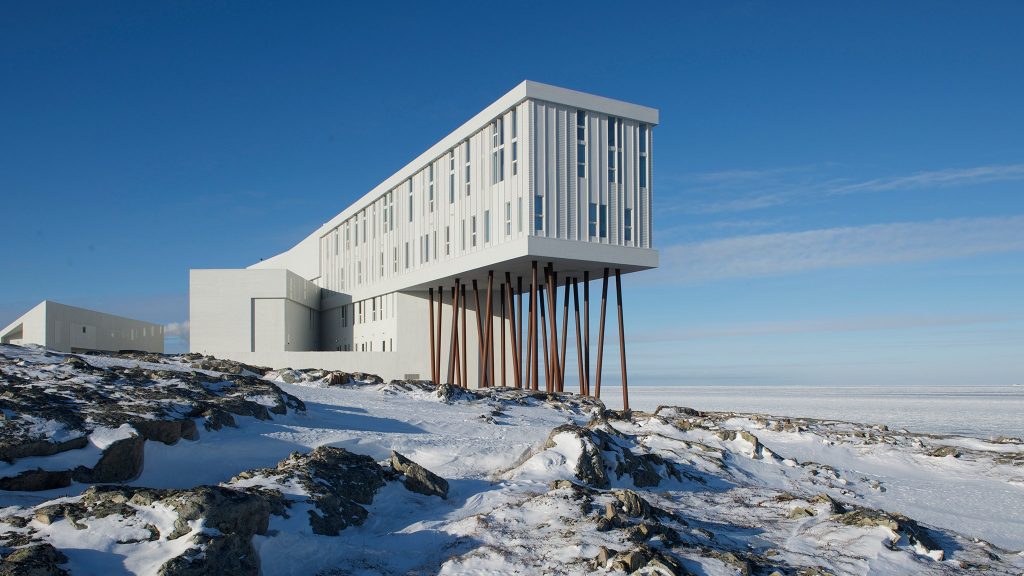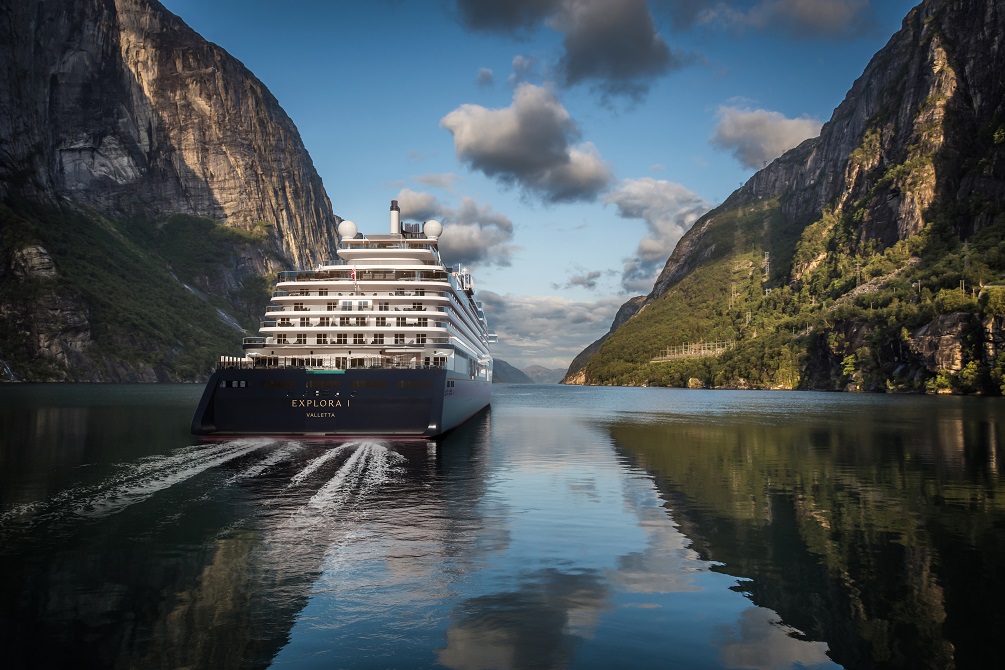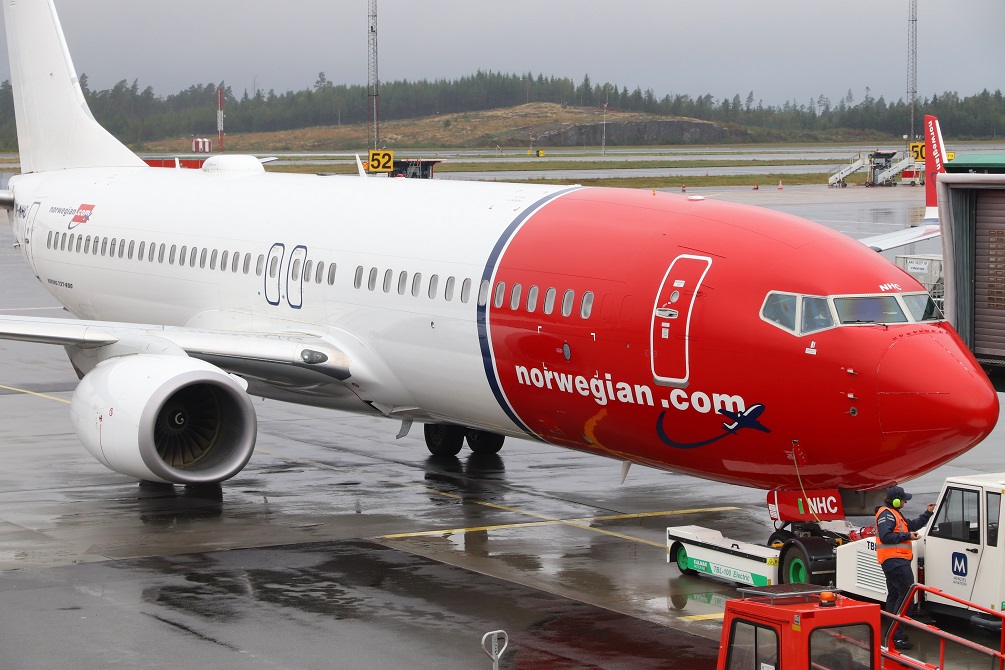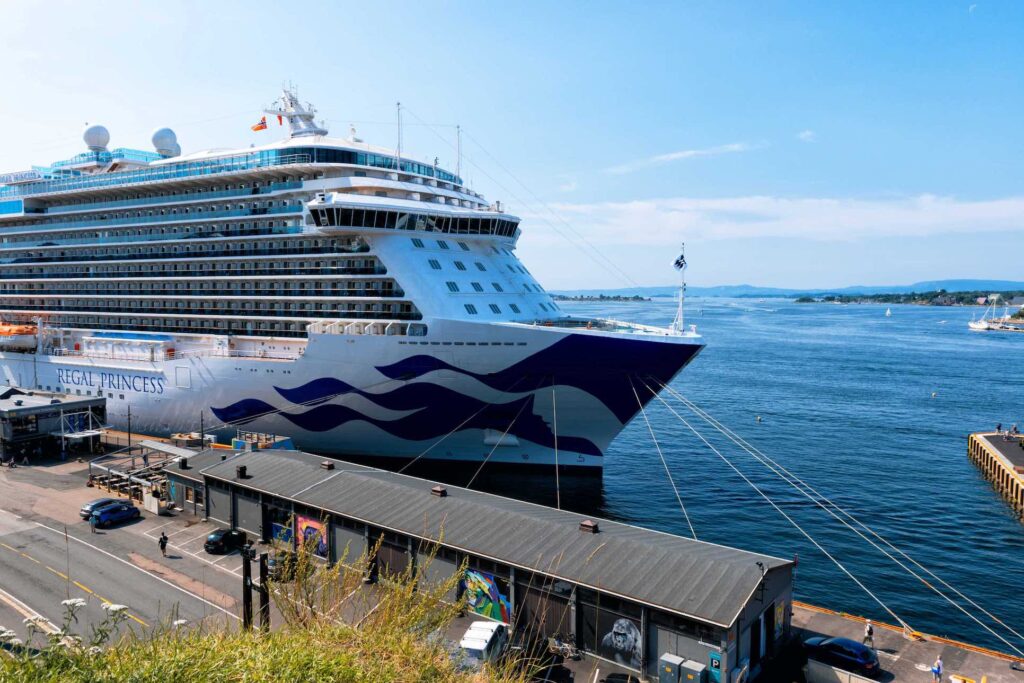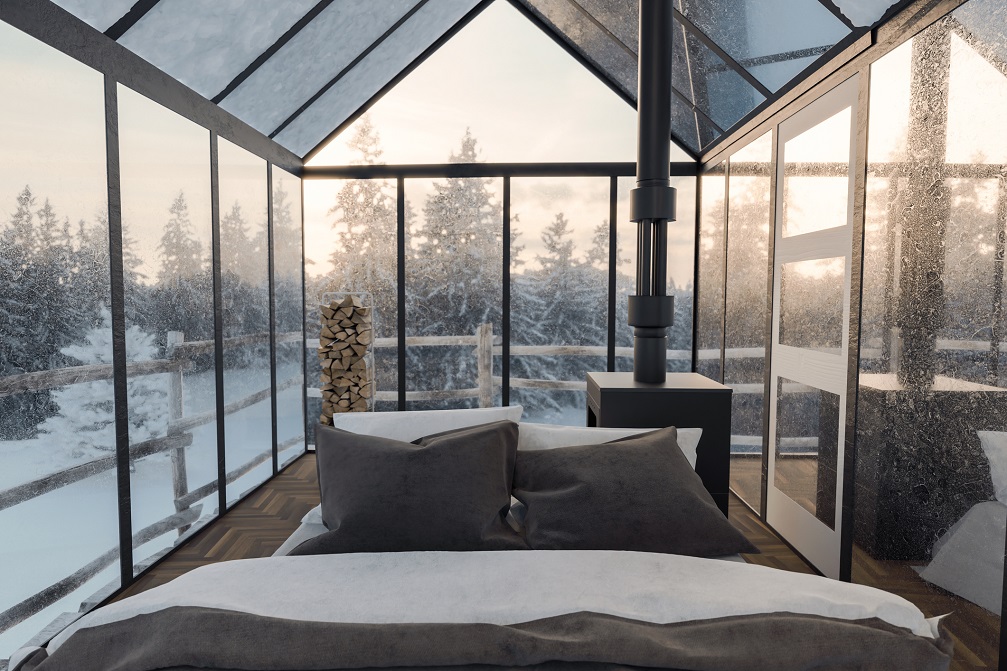Denmark
Ethereal, understated, and inclusive, Denmark is not only one of the happiest countries in the world, but also one of the most charming.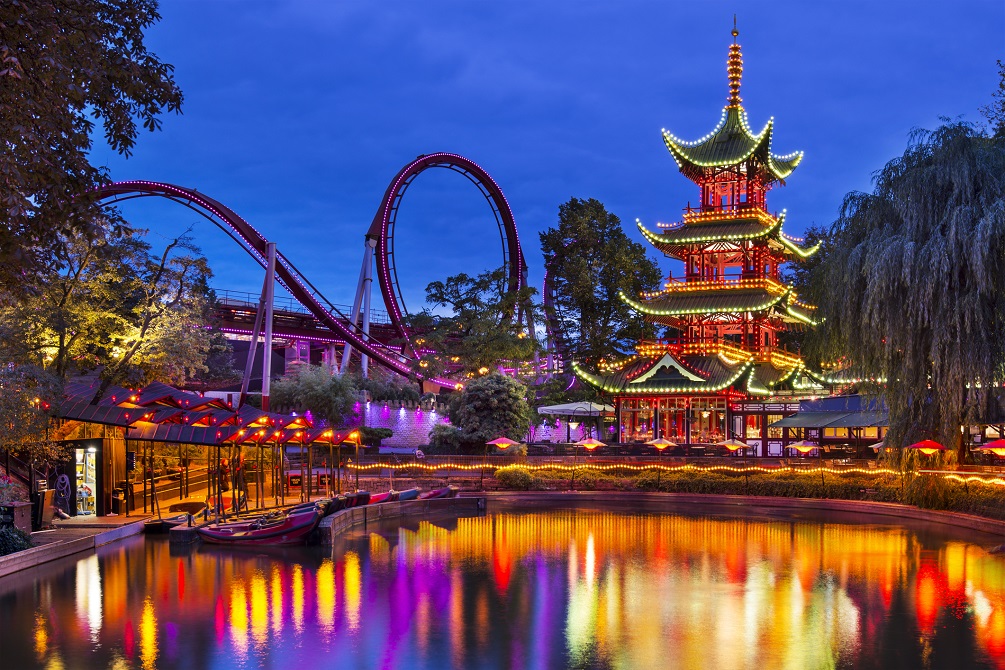
Denmark is like a fairy tale, with a rich literary heritage and resplendent castles. A sense of aesthetic underscores everything in Denmark, right from the architecture to the restaurants and cafes.
The country always figures on the list of happiest and the best quality of life countries in the world. Everything in Denmark is marked by “hygge”, a kind of social happiness indicator encompassing contentment, snugness, and camaraderie.
The spirit of equality is all-permeating in Denmark and most of the country is affluent with a higher number of wealthy people, and very few people can be categorized as “poor.”
Denmark may not have the in-your-face natural beauty of its bordering countries, but the vistas are surreal and sometimes bathed in Nordic light. While the form and function remain simple, beauty is the thread that runs through cuisine, art, architecture, fashion, and interiors.
Admire the charm of Denmark on a sandy beach, on the banks of a lake, strolling through an ancient castle, on a bike lane, or a dim-lit cafe.
There is a lot to see and do in Denmark. Rabjerg Mile is among the best migrating dunes in Denmark and among the best places to go to in Denmark in cold weather. Gilleleje is a prominent sportfishing town revered by the area visitors. Experience the cool breeze in the port area. Elsinore, is a port city located in eastern Denmark and has a community that is steeped in history.
Drop into the Maritime Museum, which houses many collections related to the Danish industry.
Stroll through the Tivoli Gardens, a world-renowned amusement park and enchanting garden located in Copenhagen.
Don’t forget to catch a glimpse of the iconic “Little Mermaid” statuette, which is a popular bronze sculpture created by an eminent sculptor Edvard Eriksen. This imposing sculpture is a significant landmark of Copenhagen.
Another must-visit is the four-hundred-year-old Rosenborg castle, which is adorned with crown jewels.
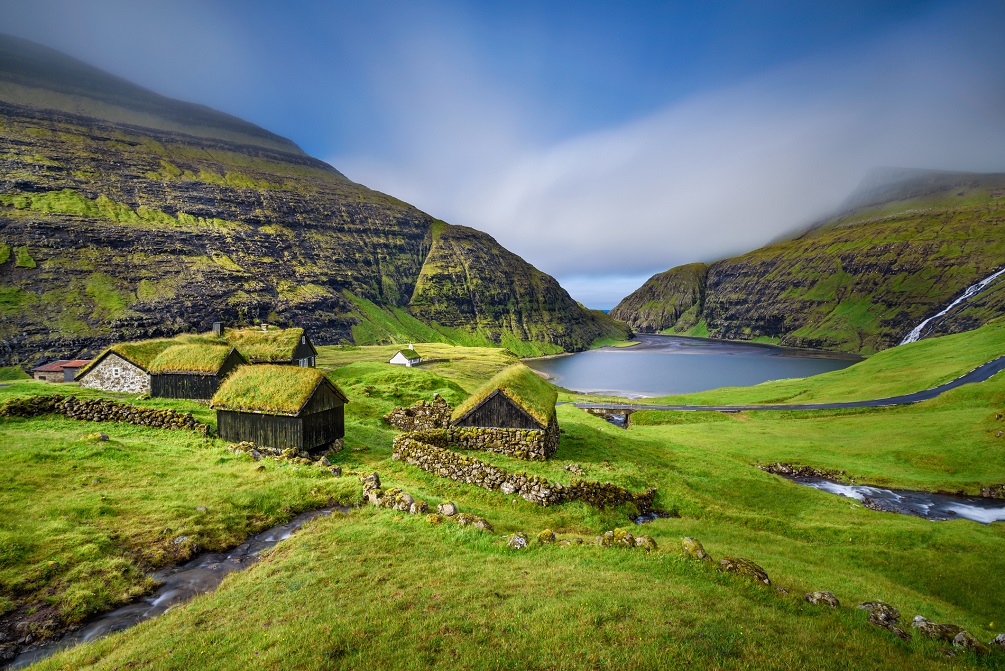


Denmark is located in Northern Europe, between the Baltic Sea and the North Sea. Its landscape consists of rolling plains, beaches, and fjords. It is a mix of the Jutland Peninsula and a big archipelago of over 440 islands. The coastline of Denmark spans 7300 kilometers, drawing tourists to its sandy beaches.
The highest peak of Denmark lies in the Jutland Region and has early burial mounds dating back to the Bronze Age. Denmark has many rivers and lakes, the biggest of which is Arreso which is in the Hovedstaden Region and has plenty of wildlife preserves in the vicinity.
The River Guden is over 175 km in length and is the longest river in Denmark. Additionally, it is home to numerous species of animals & plants, including salmon.
The lowest point of Denmark is the Lammefjord, which is seven meters below sea level, while the biggest island is Zealand, which exceeds 7000 square meters in land area.
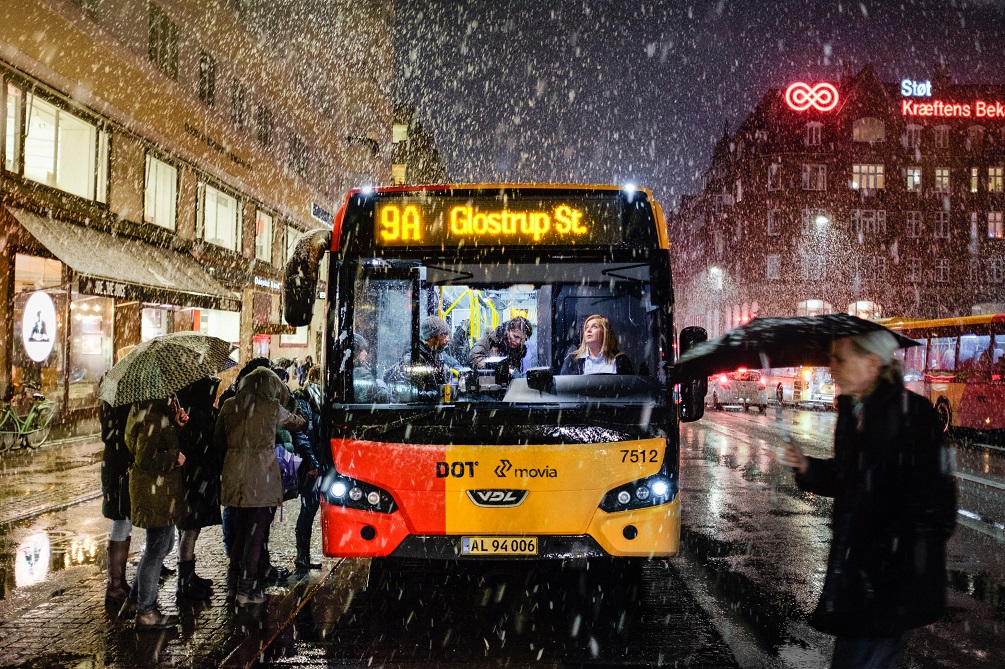


Denmark’s climate is cool in winter and mild in summer. Since much of the regions are coastal, it is less cool than expected. The weather is characterized by humidity, clouds, rain, and wind. The western coats tend to get rainier and windier compared to the rest of the country.
It gets snowy from November to the first half of April, while Winter which usually strikes in February and January is cold and temperatures go below freezing point.
Sunshine is scarce in Winter and the sky is mostly overcast. Springtime is usually chilly but dry. In summer, which is August and July, the climate is quite pleasant and somewhat windy.
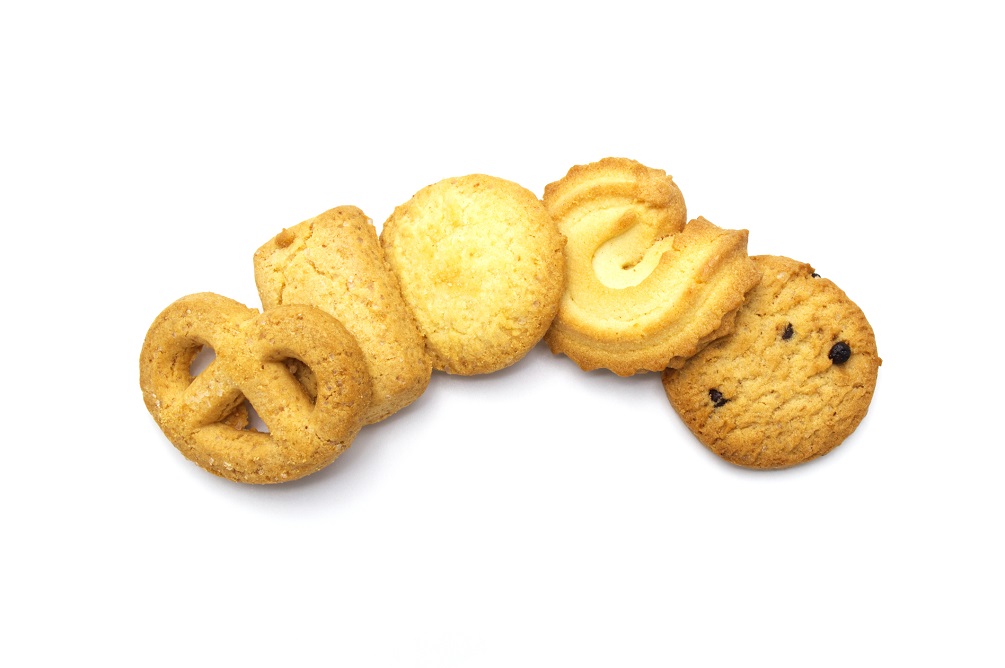


Originally, Danish cuisine was derived from what was available in the vicinity of what was easily farmable during the summer.
The traditional Danish diet consists of vegetables like cabbage, beets, fish, pork, and bread. Rye bread was favored and eaten for lunch with toppings of fried fish, eggs, cold meat, or potatoes.
Meatballs are quite popular while the national dish is stegt flaesk- fried pieces of pork, that are accompanied by boiled potatoes and parsley sauce.
Danish pastries are well-known throughout the world, but they actually originated from Austria. The Danes themselves call it “Viennese bread.”
Cakes, candies, chocolates, and liquorice are quite popular in Denmark and most Danes have a sweet tooth.
New Nordic cuisine has gained popularity over the years with restaurant chains opening across the country.
Even Danish quick bites are now being upgraded to match modern tastes. For instance, the “French hot dog”, a sausage tucked in a piece of bread now also features meat and healthy roots.



Danish fashion is the epitome of high quality and minimalism. Casual comfort is what defines clothing in Denmark and many people even wear sneakers to work. Like everything else, a sense of aesthetics drives the Danish fashion sense.
When deciding what to carry when you travel to Denmark, choose quality over quantity. The weather tends to be unpredictable, so layering is the key.
Dark colors are favored in Denmark, and if in any doubt, choose black. Black is safe, stylish, and chic.
Both men and women can carry jeans, and pair them with layers like camisoles, cardigans, or a long-sleeved shirt or sweater. It could rain at any time, so carry a raincoat along.
Comfortable shoes are a must especially if you intend to go trailing or hiking. Ladies can save their heels for the evening.
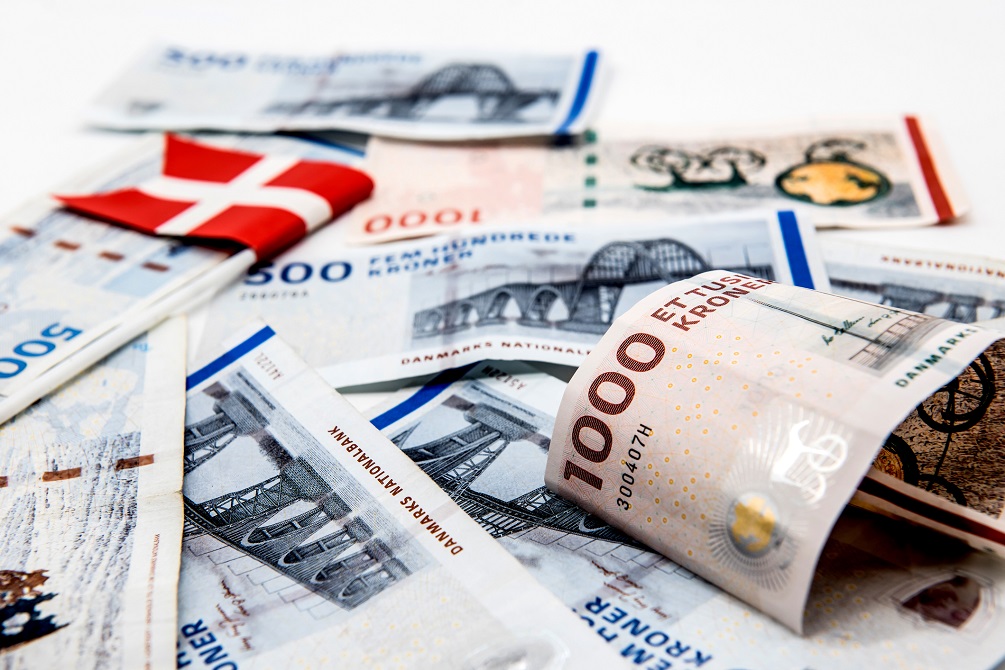


The Denmark Kroner (DKK) has been the official currency of Denmark since 1875. At the time of writing this 1 sterling pound = 8.68 Danish krone.
Compared with other European countries, Denmark is quite expensive. Every purchase bears an additional 25% consumer sales tax.
In towns and cities, most vendors and stores accept Euros. It’s best to carry sufficient Kroners with you when you travel to Denmark.
There are plenty of vendors that will exchange Euros or Sterling Pounds in Demark. Do note that the airport vendors do not always have the most favorable exchange rates.
Most banks and exchange offices do not operate on weekends, so ensure that you have sufficient cash to see you through the weekend. All major credit cards are accepted all over the country. However, you may be asked to produce your Photo Id while using your card.
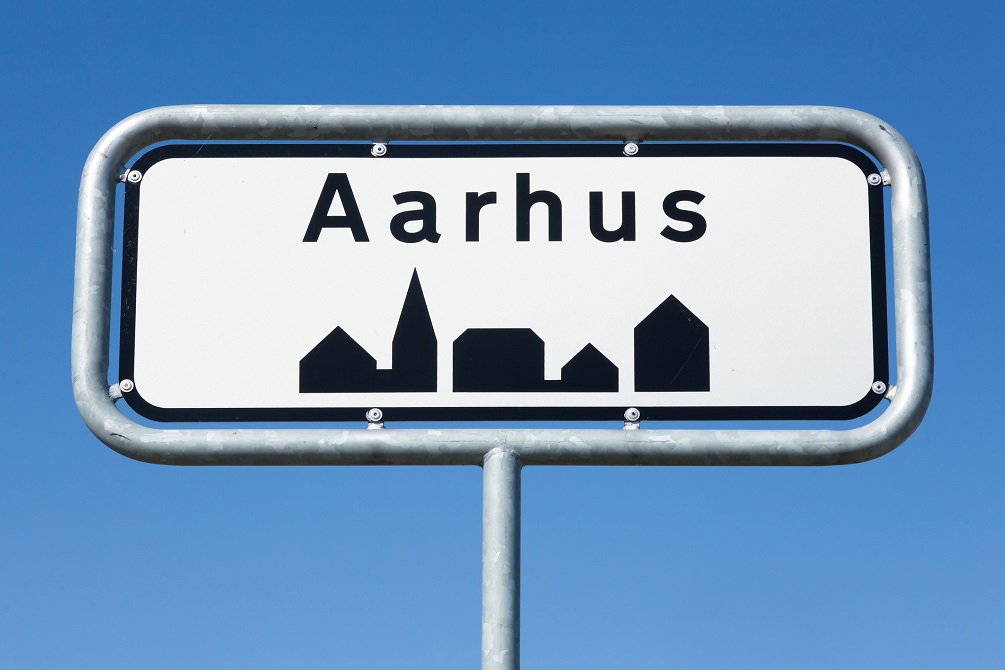


The official language of Denmark is Danish and is spoken by most of the people in the country. It is also its national language.
Faroese is another minority language that is spoken mainly by those who reside in the Faroe Islands. More than 7000 immigrants from Greenland to Denmark speak the Greenlandic language.
You shouldn’t have much trouble communicating in Denmark because English is widely spoken. More than 86% of the populace speaks English while German and Swedish are also the other foreign languages spoken here.
English is the second language and in Folkeskole it is made mandatory for Danes to study English.
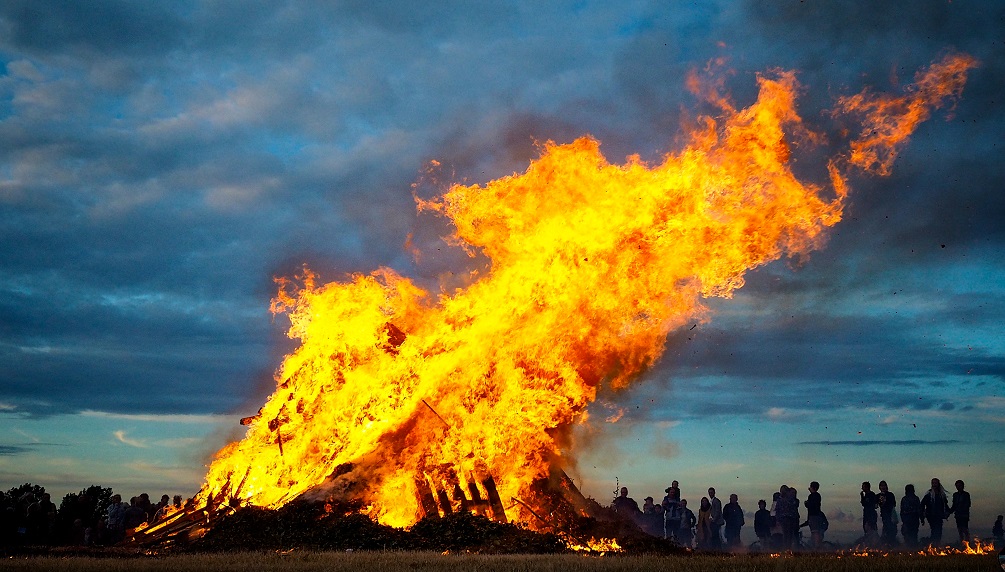


Denmark is considered one of the most livable countries because it is primarily egalitarian. They mainly use gender-neutral words, even in their language.
Greetings are usually casual, with a handshake and a smile. If you happen to visit a Danish home, taking along flowers or chocolates is advisable. Punctuality is appreciated and it is best to always be on time.
The Danes are very private people and one should refrain from being inquisitive about income, property, or houses.
A strong tradition of community spirit and a culture of trust prevails in Denmark. Song, dance, and merriment are part of Danish folklore.
If you travel to Denmark during summer, you can experience the Sankt Hans, an ancient tradition to mark the longest day of summer. It is celebrated with songs, drinks, and bonfires.
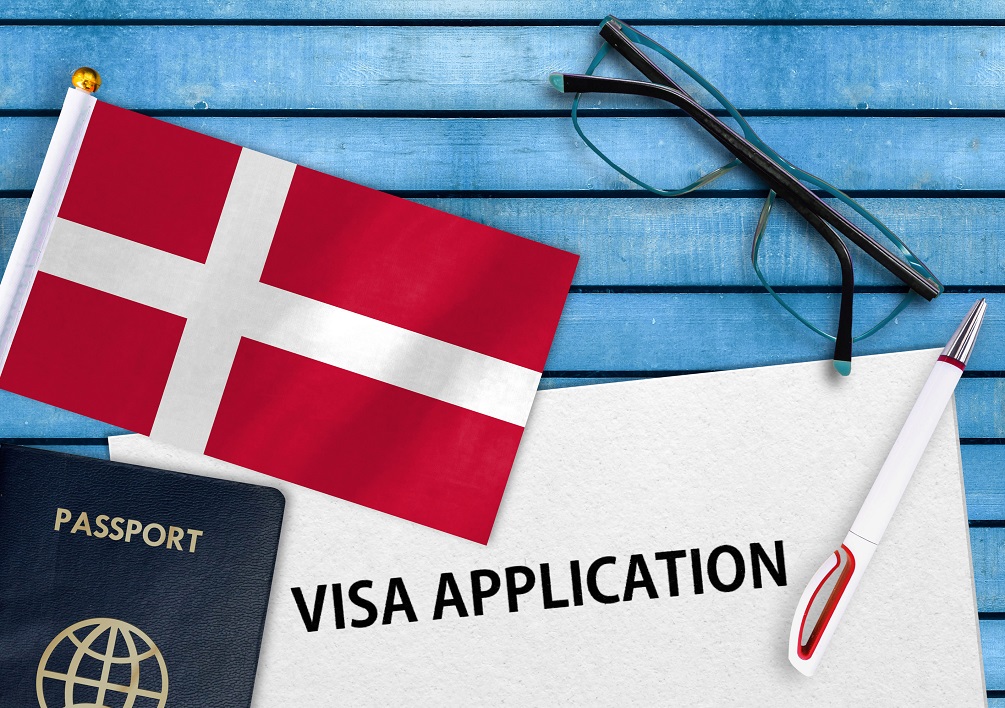


UK passport holders do not need a visa to travel to Denmark for up to 90 days within a 180 day period. Check the validity of your passport before you travel to Denmark.
Ensure that your passport is valid for at least 3 months from the day of intended departure from Denmark and it should also be less than 10 years old.
Greenland and the Faroe Islands aren’t members of the European Union. However, British passport holders don’t need a visa if they plan to enter for tourism purposes.
Be cautioned that your passport could be stamped during entry and exit. You may also be asked to produce a return ticket or display that you have adequate funds for the duration of your stay in Denmark.



Denmark’s standard voltage is 230V and its standard frequency is 50Hz. Type E and K are the main types of power plugs and sockets in Denmark. While Type E works with plug C and F, Type K words with plug C, E, and F.
Those who travel to Denmark from the UK can use their electric appliances in Denmark without any issues.
To be fully certain, cross-examine the label on the appliance. Most appliances don’t need a converter.
If the label mentions ‘INPUT: 100-240V, 50/60 Hz’, the appliance can be used in most countries across the globe.



Denmark is like a fairy tale, with a rich literary heritage and resplendent castles. A sense of aesthetic underscores everything in Denmark, right from the architecture to the restaurants and cafes.
The country always figures on the list of happiest and the best quality of life countries in the world. Everything in Denmark is marked by “hygge”, a kind of social happiness indicator encompassing contentment, snugness, and camaraderie.
The spirit of equality is all-permeating in Denmark and most of the country is affluent with a higher number of wealthy people, and very few people can be categorized as “poor.”
Denmark may not have the in-your-face natural beauty of its bordering countries, but the vistas are surreal and sometimes bathed in Nordic light. While the form and function remain simple, beauty is the thread that runs through cuisine, art, architecture, fashion, and interiors.
Admire the charm of Denmark on a sandy beach, on the banks of a lake, strolling through an ancient castle, on a bike lane, or a dim-lit cafe.
There is a lot to see and do in Denmark. Rabjerg Mile is among the best migrating dunes in Denmark and among the best places to go to in Denmark in cold weather. Gilleleje is a prominent sportfishing town revered by the area visitors. Experience the cool breeze in the port area. Elsinore, is a port city located in eastern Denmark and has a community that is steeped in history.
Drop into the Maritime Museum, which houses many collections related to the Danish industry.
Stroll through the Tivoli Gardens, a world-renowned amusement park and enchanting garden located in Copenhagen.
Don’t forget to catch a glimpse of the iconic “Little Mermaid” statuette, which is a popular bronze sculpture created by an eminent sculptor Edvard Eriksen. This imposing sculpture is a significant landmark of Copenhagen.
Another must-visit is the four-hundred-year-old Rosenborg castle, which is adorned with crown jewels.



Denmark is located in Northern Europe, between the Baltic Sea and the North Sea. Its landscape consists of rolling plains, beaches, and fjords. It is a mix of the Jutland Peninsula and a big archipelago of over 440 islands. The coastline of Denmark spans 7300 kilometers, drawing tourists to its sandy beaches.
The highest peak of Denmark lies in the Jutland Region and has early burial mounds dating back to the Bronze Age. Denmark has many rivers and lakes, the biggest of which is Arreso which is in the Hovedstaden Region and has plenty of wildlife preserves in the vicinity.
The River Guden is over 175 km in length and is the longest river in Denmark. Additionally, it is home to numerous species of animals & plants, including salmon.
The lowest point of Denmark is the Lammefjord, which is seven meters below sea level, while the biggest island is Zealand, which exceeds 7000 square meters in land area.



Denmark’s climate is cool in winter and mild in summer. Since much of the regions are coastal, it is less cool than expected. The weather is characterized by humidity, clouds, rain, and wind. The western coats tend to get rainier and windier compared to the rest of the country.
It gets snowy from November to the first half of April, while Winter which usually strikes in February and January is cold and temperatures go below freezing point.
Sunshine is scarce in Winter and the sky is mostly overcast. Springtime is usually chilly but dry. In summer, which is August and July, the climate is quite pleasant and somewhat windy.



Originally, Danish cuisine was derived from what was available in the vicinity of what was easily farmable during the summer.
The traditional Danish diet consists of vegetables like cabbage, beets, fish, pork, and bread. Rye bread was favored and eaten for lunch with toppings of fried fish, eggs, cold meat, or potatoes.
Meatballs are quite popular while the national dish is stegt flaesk- fried pieces of pork, that are accompanied by boiled potatoes and parsley sauce.
Danish pastries are well-known throughout the world, but they actually originated from Austria. The Danes themselves call it “Viennese bread.”
Cakes, candies, chocolates, and liquorice are quite popular in Denmark and most Danes have a sweet tooth.
New Nordic cuisine has gained popularity over the years with restaurant chains opening across the country.
Even Danish quick bites are now being upgraded to match modern tastes. For instance, the “French hot dog”, a sausage tucked in a piece of bread now also features meat and healthy roots.



Danish fashion is the epitome of high quality and minimalism. Casual comfort is what defines clothing in Denmark and many people even wear sneakers to work. Like everything else, a sense of aesthetics drives the Danish fashion sense.
When deciding what to carry when you travel to Denmark, choose quality over quantity. The weather tends to be unpredictable, so layering is the key.
Dark colors are favored in Denmark, and if in any doubt, choose black. Black is safe, stylish, and chic.
Both men and women can carry jeans, and pair them with layers like camisoles, cardigans, or a long-sleeved shirt or sweater. It could rain at any time, so carry a raincoat along.
Comfortable shoes are a must especially if you intend to go trailing or hiking. Ladies can save their heels for the evening.



The Denmark Kroner (DKK) has been the official currency of Denmark since 1875. At the time of writing this 1 sterling pound = 8.68 Danish krone.
Compared with other European countries, Denmark is quite expensive. Every purchase bears an additional 25% consumer sales tax.
In towns and cities, most vendors and stores accept Euros. It’s best to carry sufficient Kroners with you when you travel to Denmark.
There are plenty of vendors that will exchange Euros or Sterling Pounds in Demark. Do note that the airport vendors do not always have the most favorable exchange rates.
Most banks and exchange offices do not operate on weekends, so ensure that you have sufficient cash to see you through the weekend. All major credit cards are accepted all over the country. However, you may be asked to produce your Photo Id while using your card.



The official language of Denmark is Danish and is spoken by most of the people in the country. It is also its national language.
Faroese is another minority language that is spoken mainly by those who reside in the Faroe Islands. More than 7000 immigrants from Greenland to Denmark speak the Greenlandic language.
You shouldn’t have much trouble communicating in Denmark because English is widely spoken. More than 86% of the populace speaks English while German and Swedish are also the other foreign languages spoken here.
English is the second language and in Folkeskole it is made mandatory for Danes to study English.



Denmark is considered one of the most livable countries because it is primarily egalitarian. They mainly use gender-neutral words, even in their language.
Greetings are usually casual, with a handshake and a smile. If you happen to visit a Danish home, taking along flowers or chocolates is advisable. Punctuality is appreciated and it is best to always be on time.
The Danes are very private people and one should refrain from being inquisitive about income, property, or houses.
A strong tradition of community spirit and a culture of trust prevails in Denmark. Song, dance, and merriment are part of Danish folklore.
If you travel to Denmark during summer, you can experience the Sankt Hans, an ancient tradition to mark the longest day of summer. It is celebrated with songs, drinks, and bonfires.



UK passport holders do not need a visa to travel to Denmark for up to 90 days within a 180 day period. Check the validity of your passport before you travel to Denmark.
Ensure that your passport is valid for at least 3 months from the day of intended departure from Denmark and it should also be less than 10 years old.
Greenland and the Faroe Islands aren’t members of the European Union. However, British passport holders don’t need a visa if they plan to enter for tourism purposes.
Be cautioned that your passport could be stamped during entry and exit. You may also be asked to produce a return ticket or display that you have adequate funds for the duration of your stay in Denmark.



Denmark’s standard voltage is 230V and its standard frequency is 50Hz. Type E and K are the main types of power plugs and sockets in Denmark. While Type E works with plug C and F, Type K words with plug C, E, and F.
Those who travel to Denmark from the UK can use their electric appliances in Denmark without any issues.
To be fully certain, cross-examine the label on the appliance. Most appliances don’t need a converter.
If the label mentions ‘INPUT: 100-240V, 50/60 Hz’, the appliance can be used in most countries across the globe.
Travel related news, information and inspirational articles and videos for travellers booking flights or holidays to Denmark. Ask questions about travel in Denmark and get answers from Denmark experts
NEWS
Inspiration, Information and Travel Guides
MEET THE Denmark EXPERTS
If you are looking to book a holiday to Denmark or needs some help and advice planning travel to Denmark then contact one of the UK based independent travel agents that specialise in Denmark itineraries.
FEATURED VIDEOS
Your Travel Questions Answered
Ask any travel related question and get an answer from one of our experts that will provide you with an answer from their personal experience
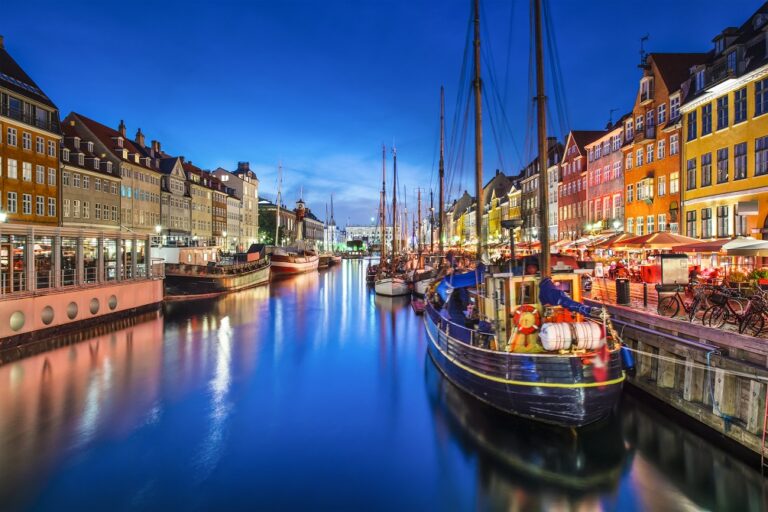

I’ve found some cheap flights to Copenhagen in January. Is January a good time to visit?

